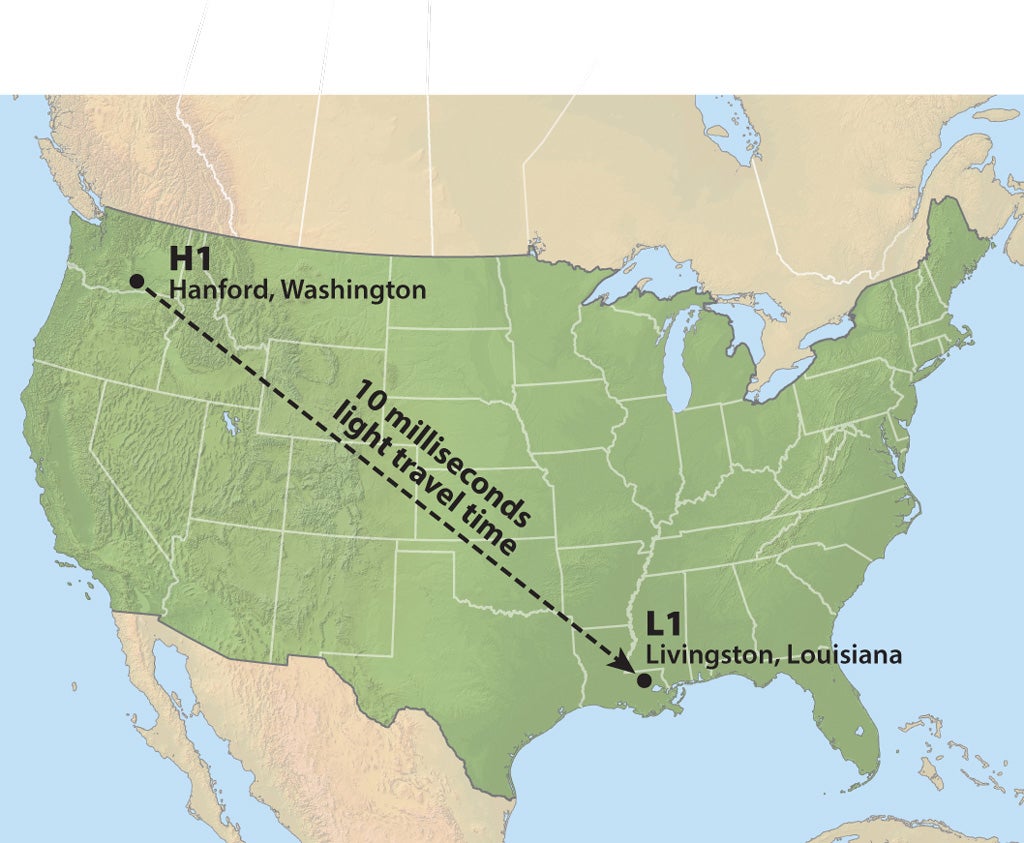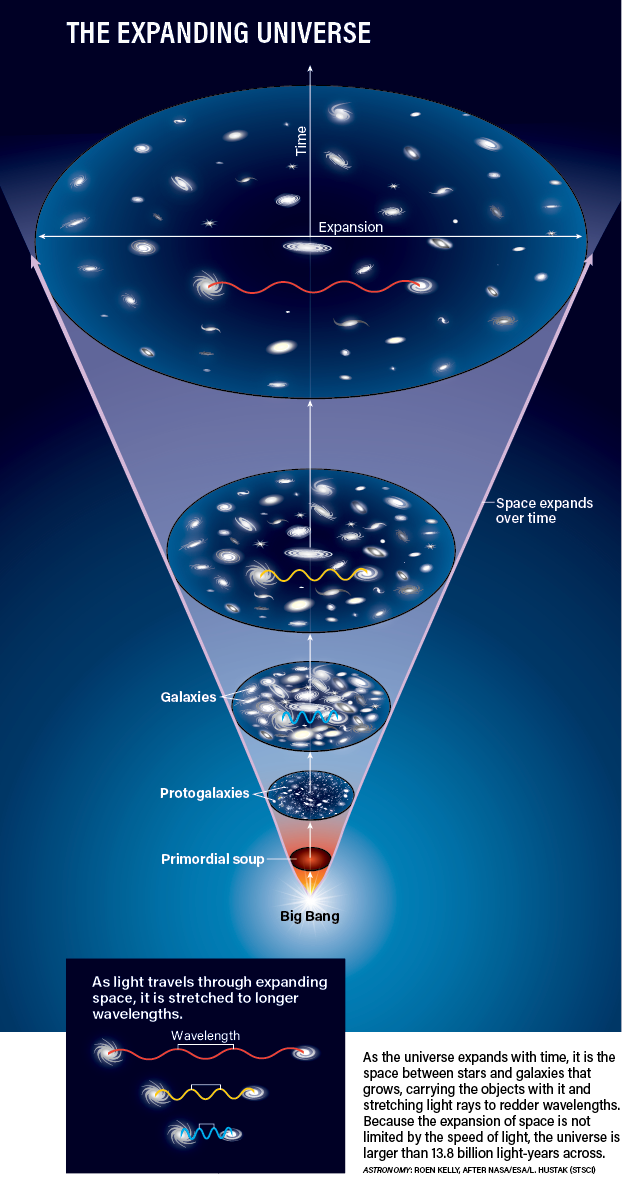
In 1915, Albert Einstein published his theory of general relativity, which implied that gravitational waves should exist and propagate at the speed of light. This means that if the Sun vanished, Earth would go dark and drift off into space some 8 minutes later. The idea was a radical departure from Isaac Newton’s belief that gravity was instantaneous.
And for decades, most physicists accepted this speed because nothing should travel faster than light. Several indirect measurements backed up the idea. In 1974, astronomers Joe Taylor and Russell Hulse discovered the first binary pulsar – the rapidly spinning cores of dead stars. Its extreme properties allowed the pair to show the two pulsars were spinning toward each other as they shed gravitational radiation. Not only was it the first indirect proof of gravitational waves, it also implied gravity did obey the speed of light. Other tests also used indirect means to reach the same conclusion.
However, on February 11, 2016, the gravitational wave detected by the Laser Interferometer Gravitational-wave Observatory (LIGO) journeyed from Hanford, Washington, to Livingston, Louisiana, in 10 milliseconds – roughly the speed of light.
Associate Editor









